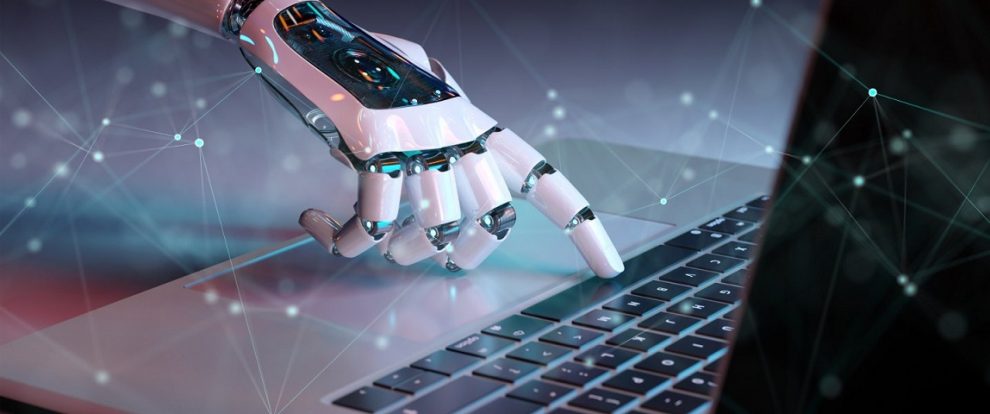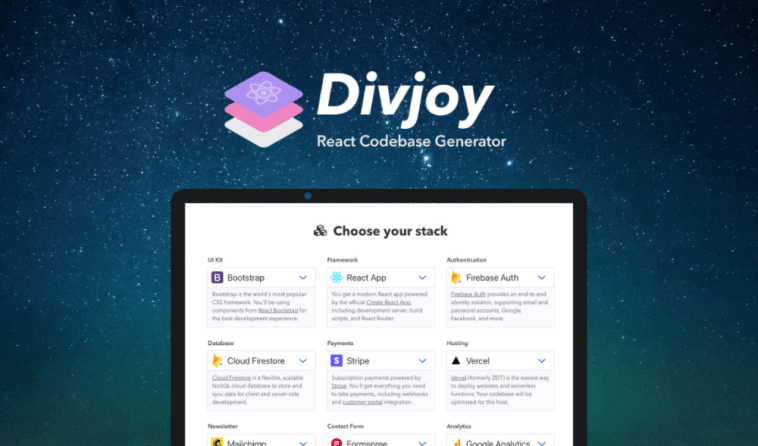Reinventing your business processes and operating models to win in the digital world is the need of the hour! And Artificial Intelligence is the new-age technology that has brought revolution like no other. It enables businesses and industry lines redefine how they work, create, and transform innovative products, services, and customer experiences.
To thrive, competitive agility is crucial and companies need to be able to flex to pursue new ways to increase margin and drive growth. Look around, what other enterprises born in the digital era as well as some progressive traditional companies are doing. They clearly know what the need of the hour is and where their businesses need to go and are investing in new capabilities and cutting-edge technologies.
By harnessing automation and AI, you can easily push repetitive tasks to machines, elevate your workforce, and focus on what matters. Most forward-thinking companies around the globe are bridging today and tomorrow with AI and making informed decisions to create new revenue streams.
Defining Artificial Intelligence
It refers to the development of machines or technology-driven systems that can perform complex tasks easily. It is a science of making the machines smart and flexible to seamlessly perceive its environment and perform actions or tasks that maximize its chance of success at some goal.
In other words, to create a system that can perceive the world around it, analyze the data or information, take actions based on the given data, and improve its performance based on the gathered understanding. AI can:
- Sense: Perceive and process data (text, speech, and images).
- Comprehend: Analyze the information collected for meaning and insights
- Act: Take actions based on the comprehension
- Learn: Improve operations and business performance based on real-world experiences
AI is not a single technology, rather it is a multi-dimensional field encompassing varied methods and technologies like Machine learning, Data analytics, Cloud computing Natural language processing, Deep learning, Neural networks, etc., each interlinked and supported by others.
Why it is important to adopt AI top-down into business processes?
While the adoption of AI is delivering efficiencies in certain activities and decisions, there are many enterprises still struggling to generate specific business outcomes with AI at scale. Business outcomes are generated from business processes that rely on a single source of truth of enterprise data and synchronize the data, activities, and applications for informed decisions.
Inconsistencies, rigidity, and complexities across business functions make them inherently less flexible and resistant to change. This hinders the adoption of AI for the business-wide outcomes and thus the enterprise struggles to show revenue growth and customer satisfaction. Therefore, the adoption of AI has to be driven top-down in all the business process layers.
According to PwC’s Global Artificial Intelligence study – By 2030, AI is expected to contribute up to $15.7 trillion to the global economy, more than the current output of China and India combined.
Integrating business optimization with the AI model
With AI upending traditional and modern businesses, many large corporations are focusing on applying AI, integrating into their operations, and tuning the pipeline to achieve overall business objectives faster.
Analyzing business processes is the first step towards transformation. And to improve efficiency and effectiveness of operations, organizations must explore ways to introduce intelligent automation. The best way to achieve this is to identify business challenges, eliminate wasteful tasks before redesigning, and automate those that remain.
So, what exactly are the optimization and robotic process automation?
Optimizing business processes and operations refers to keeping the workforce in the loop only for tasks that require them while automating the others.
Automation refers to robotizing all the complex repetitive tasks with technology or AI-based applications. In simple words, this means finding a balance and orchestrating operations between machines and humans using artificial intelligence.
Leaders need to know, that AI is not only about replacing humans with machines – but it is also about identifying repetitive tasks that can be performed better and faster with technology. Enterprises can then apply proven methodologies, advanced analytics, and technology-driven operating models to assess the efficiency and the value added by AI.
So, how can organizations decide which process should be handled by humans and machines?
For this, Leaders have to evaluate the value that AI might add to the whole process and not to just one task. Enterprises can follow the three-stage methodology to redesign processes before automating them.
- Identify operations that can be optimized with AI
- Measure the value that AI can add to the whole process
- And when the efficiency is not reached by machines alone, bring in the workforce
The second method is to analyze the efficiency of the whole process. Sometimes a less efficient but faster machine can bring value to the whole business process than human. Thus modeling of the whole business process is necessary.
The third and final step is to keep the humans in the loop to orchestrate operations between machines and humans. This way, organizations can easily reach the client’s expectation in terms of efficiency.
Guidelines for making the shift
Companies know they have to be agile, quicker, deliver great customer experience, cut costs, improve quality and transparency, and take advantage of the new technologies to scale and build value. But the problem is they don’t know how to achieve this and commit to the next-generation operating model. The below guidelines will get you started and achieve step-change improvements in revenue, customer and employee experience alike, and cost.
- Avoid creating new silos by thinking holistically. With an integrated approach and capabilities in combination with operational-improvement efforts, you can bring change around customer-facing and internal journeys.
- Put customer-experience at the heart of the new operating models. Bridge the customer’s front-end experience with back-end operations to achieve sustainable success.
- Embed agile and cross-functional ways to redefine customer journeys and re-engineer your management systems to support continuous improvement.
- Invest in a flexible, modular, integrated, and scalable architecture, infrastructure, and software delivery method for smooth business operations.
- Leaders should define a path for their organization and focus on agile, customer-centric approach at all levels and role modelled from the top.
- Invest in AI to transform the core and kick-start your journey from disrupted to disruptor swiftly.
- Mobilize a cross-functional team to gain multiple perspectives and have a take on best practices from specialists to reimagine journeys and processes from every angle.
- Leverage automation and data analytics to redefine jobs, business operations, and develop new solutions based on customer demands.
Pivot to profitable growth with AI
Automation is becoming progressively important and commercial companies can no longer ignore its underlying capabilities. With low barriers to entry, increased efficiency, effectiveness, and low-cost, the advances in AI will be so fast-paced that high-performing organizations will inevitably accelerate, leaving the slow movers far behind.
If organizations completely rethink their operations, transform the way they run and grow their business, and implement technology in innovative ways to reduce cost and create better customer and employee experiences, then AI can be an ultimate resource to elevate workforce and business to new heights. The world is shifting to a new era of AI-driven enterprises, and now is the time for industries to get smart and embrace the transformational power of intelligent automation.
Would you like to get a competitive edge and develop your business with AI solutions? We can help! We have a track record of helping companies realize the value of business automation and Artificial Intelligence. We can use our expertise and domain knowledge to help you unleash the opportunities for sustainable growth!







Add Comment